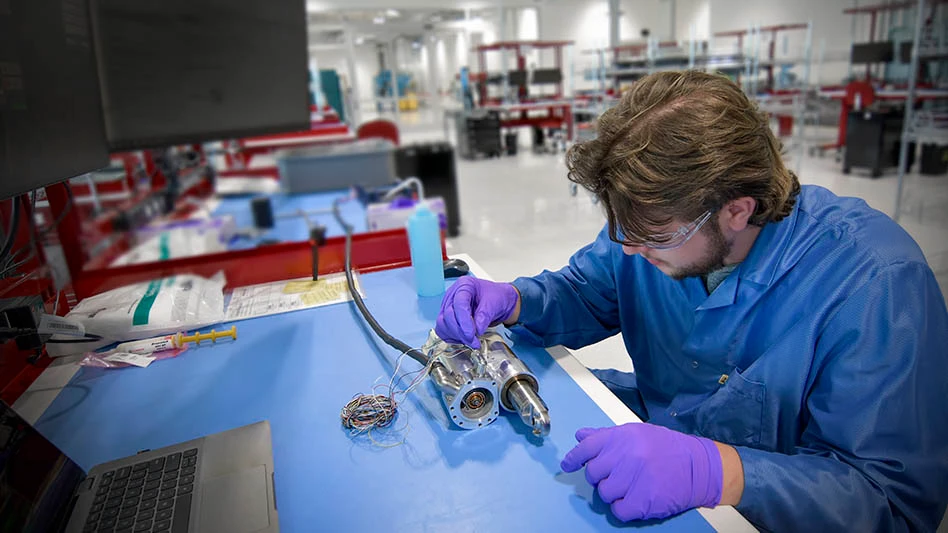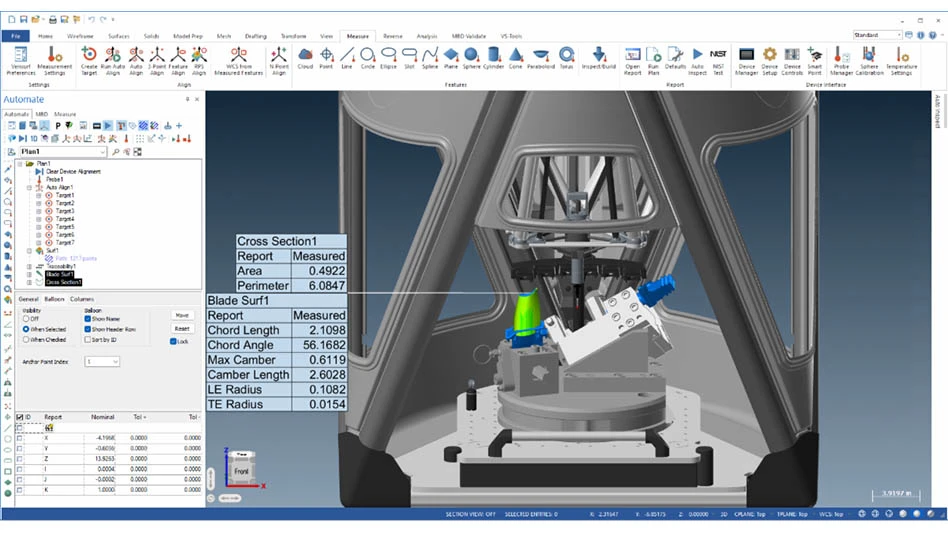
Companies such as Joby, Archer, Wisk, Eve, Vertical Aerospace, with strong investor funding and big partners – Toyota, United Airlines, Boeing, Embraer, and Rolls Royce – are accelerating efforts toward launching the first commercial electric vertical takeoff and landing (eVTOL) aircraft for operation as an air-taxi service. Despite the enthusiasm of recent funding and pre-order announcements, many regulatory bodies such as the U.S. Federal Aviation Administration (FAA), European Union Aviation Safety Agency (EASA), and Civil Aviation Administration of China (CAAC) still aren’t certain what certification hurdles remain. The eVTOL doesn’t easily fit into current regulations regarding either fixed wing or rotor-based aircraft, and the concept of distributed electric propulsion is a characteristic never previously certified. Some business models of air-taxi operations even involve remote or autonomous operation which has never been proposed.
But what makes this phase of air-taxi industry development unique, fascinating, and maybe a bit frightening is that several eVTOL air-taxi startup firms have used special purpose acquisition companies (SPACs) to become public companies with shareholders anxious to see their investment generate a return, a return that won’t begin to happen until uncertain certification and other infrastructure milestones are achieved.
Five of the leading competitors are valued at a combined $8.5 billion, as shown in the table, with a sixth SPAC deal due shortly as Embraer/Eve expect a $2.4 billion valuation in its closing in mid-2022. Others received hundreds of millions in investments from venture capital (VC) and industry partners such as the recent $400 million investment by Boeing in Wisk.

The table includes only a dozen of the leading firms from a total of hundreds of startup firms with eVTOL designs and prototypes. This represents an unprecedented international investment in a startup industry that doesn’t have a clear definition of the certification required for aircraft, production, maintenance, piloting, operating, airport/vertiport, and airspace integration. And as we learned from the defunct helicopter-based air taxi industry, even with the necessary certifications it may be a large gamble that sufficient demand exists to make air-taxi service commercially viable.
The largest company on the list in terms of market capitalization is Joby, which has the theoretical lead to be the first FAA-certified eVTOL aircraft for air-taxi operation; Archer is close behind. Because of the vectored-thrust design, Joby has approached certification as an airplane, with the additional capability for VTOL. This would place most of the certification under FAA Part 23 – rules originally written for traditional small airplanes weighing less than 19,000 lb with 19 or fewer seats. But those regulations don’t cover the concept of distributed electric propulsion and VTOL and transition between hover and cruise.
Joby and Archer beat the others to the FAA aircraft certification starting line by filing and gaining approval of their G-1 Certification Basis, the justification for the selection of certification standards and documentation of the Equivalent Level of Safety (ELOS) findings and other special conditions related to eVTOL aircraft. But the FAA-approved Joby G-1 is different from the FAA-approved Archer G-1 in ways we can’t distinguish because neither are published in the Federal Register, and the same for the others on the list. Once an eVTOL gets an approved G-1 agreement, the manufacturer seeks a G-2 Determination of Compliance detailing the methods used to meet traditional Part 23 aircraft requirements and exceptions documented in the G-1 agreement.
Further complicating the eVTOL path to certification under FAA Part 23, regulations were overhauled in 2017 to become performance-based standards to implement “forward-looking, flexible rules that encourage innovation” after more than 50 years as a prescriptive standard for general aviation airworthiness. In addition to certifying a class of aircraft that didn’t previously exist, the FAA will use a new approach to certification that didn’t anticipate being used on a new class of aircraft. The history of the FAA Part 23 reorganization seemed to be a successful lobbying effort by traditional small aircraft companies to streamline the process of certifying new versions of traditional aircraft, not innovations such as eVTOL for new companies.
All of this will be happening beneath the cloud of the Boeing 737 MAX certification episode which has exposed the consequences when economic pressure meets certification pressure. Recently, the U.S. Office of Inspector General pointed out weaknesses in the FAA’s certification and delegation processes and a reliance on the designer/manufacturer for safety assessments particularly on newer technology. Rather than the FAA case-by-case approach, the EASA is developing and publicly releasing new special conditions for a new class of eVTOL aircraft. Other international aviation authorities will be using hybrids of existing certification rules and new eVTOL special conditions.
The challenging path to an uncertain finish line is just for certification of air-taxi eVTOL aircraft. Many questions concerning all the other special conditions related to eVTOL air-taxi operation (Part 135) and piloting (Parts 61, 91, and 141) certifications are yet to be answered, or even asked completely. Joby plans to be a producer of air taxis and operator of an air-taxi service while others are partnering with existing airline or helicopter operators to avoid the certification and business challenges of being manufacturer and operator. Despite these technical challenges and regulatory uncertainty, Joby and others continue to promise commercial air-taxi operations by 2024, which brings us back to investors.

A unique aspect to this industry emerged during 2021 – the pressure on eVTOL air-taxi firms to navigate an uncertain path to certification and generate revenue quickly because of economic pressure from shareholders and private investors. Historically, this economic pressure leads to technical, ethical, or compliance lapses when new technology is rushed into production before adequate experience and testing. Joby recently lost one of its two prototype vehicles in a February 2022 crash due to a component failure, according to a preliminary National Transportation Safety Board (NTSB) report. In business press releases and investor/analyst conference calls, the company maintains their timeline for FAA-required testing (and contractual obligations to the United States Air Force [USAF] Agility Prime program) will be covered by a single vehicle and the 2024 commercial launch is on track. Joby isn’t incorrect in their assessment or overly optimistic, but they had to deal with regulatory and investor consequences from the incident.
The conclusion isn’t the FAA process for eVTOL certification is flawed or the eVTOL-based air taxi won’t emerge as the speedy, safe, sustainable innovation that many promise or that the new visions of Urban Air Mobility (UAM) won’t be realized. We may find in retrospect the enormous startup funding is what made the air taxi successful and avoided the federal subsidies the helicopter-based air taxi needed. Manned and unmanned eVTOLs will have other commercial potential in cargo, medical, military, tourism, and security applications. But never before in the history of commercial aviation has there been an innovation by firms that are new to aviation technology, financial regulations, and U.S. Securities and Exchange Commission (SEC) reporting. These firms are also new to securities analysts and shareholders demanding performance and transparency when performance doesn’t happen.
That $8.5 billion market cap of those five firms dropped almost one third from $12.9 billion just months ago. In addition to the forces of lift and drag, shareholders and other private investors will be a force the eVTOL air-taxi industry must manage as they compete to put us in the passenger seat and over the congested highways below.

Explore the August September 2022 Issue
Check out more from this issue and find your next story to read.
Latest from Aerospace Manufacturing and Design
- Demystifying Controlled Unclassified Information (CUI)
- Simplify your shop floor operations while ensuring quality parts
- Happy Independence Day - July 4th
- Bombardier receives firm order for 50 Challenger, Global jets
- Automatic miter bandsaw
- SAS orders 45 Embraer E2 jets with options for 10 more
- Height measuring instrument
- Shopfloor Connectivity Roundtable with Renishaw & SMW Autoblok





